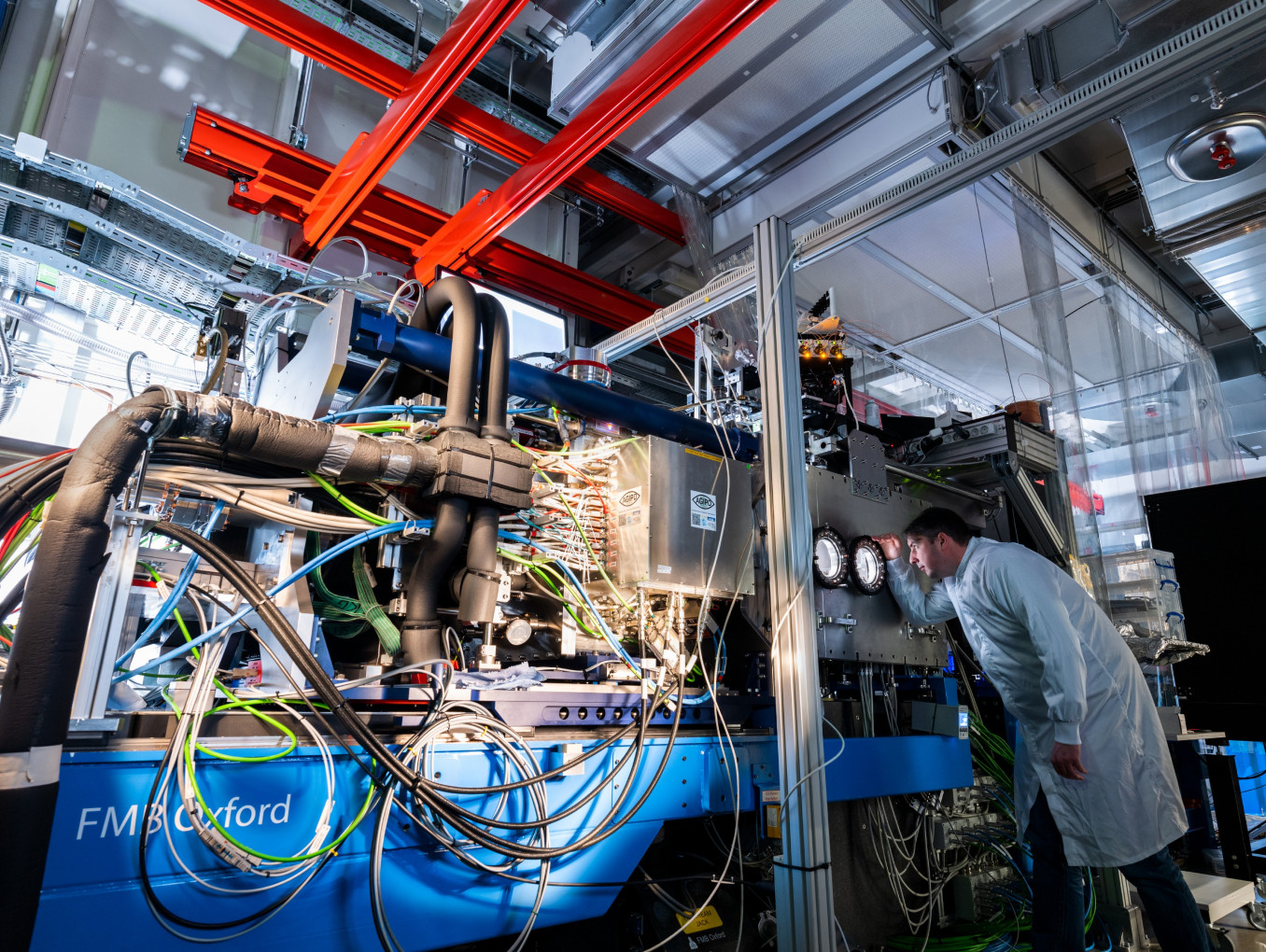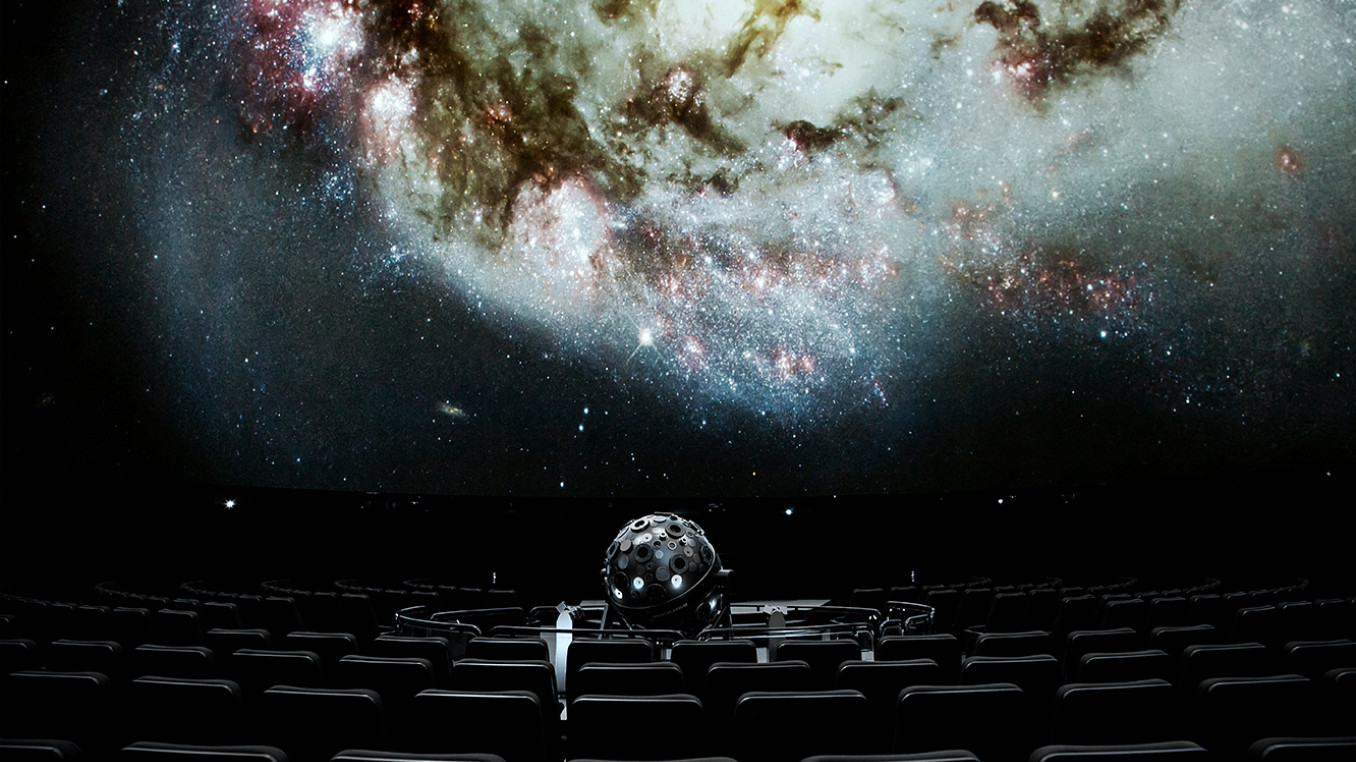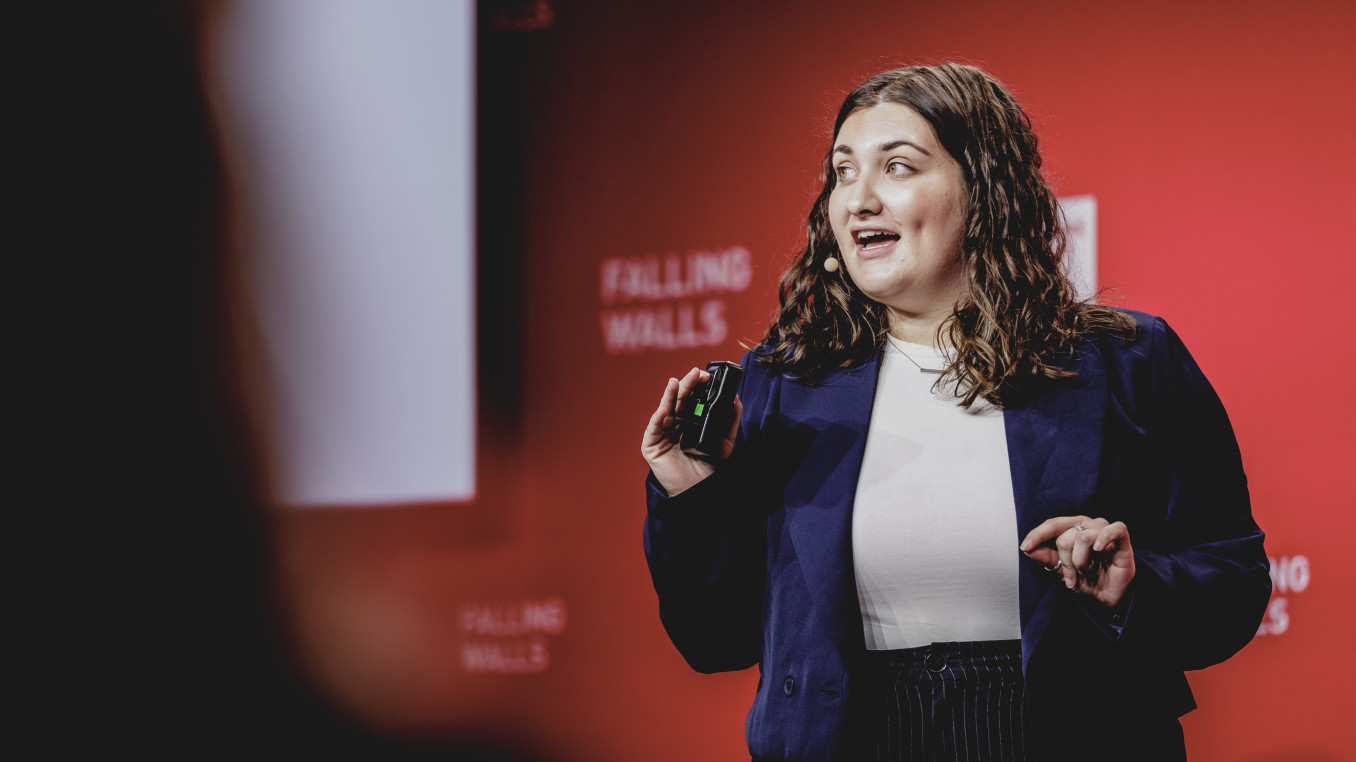Breaking the Wall of Observing Molecules in Action
Breaking the Wall of Observing Molecules in Action
Global Call 2025 Finalist Interview: Physical Science
Henry Chapman is a physicist who pioneered the method of serial crystallography using X-ray free-electron lasers to overcome the long-standing limitation of radiation damage in protein structure determination. He first demonstrated the approach while at LLNL (California) where he also helped develop EUV lithography and lensless imaging. At DESY and the University of Hamburg he continues to extend X-ray diffraction methods to produce movies of molecular dynamics and image single molecules. He was awarded the Leibniz Prize from DFG and the Aminoff Prize from the Royal Swedish Academy.
Which wall does your research or project break?
My research breaks the wall of radiation damaging matter, which has prevented pristine atomically-resolved images of biological macromolecules being formed. These are needed in the field of structural biology for understanding the processes of living systems. Macromolecules can be visualised at the atomic scale by cryo-electron microscopy or by X-ray cryo-crystallography. The radiation used for these methods has wavelengths that are short enough to resolve the distances between atoms, however the radiation ionises the very atoms being imaged. This means that the necessary exposure to obtain an image modifies the structure being examined. The required exposure can be reduced by measuring diffraction from large macromolecular crystals, but finding the conditions to grow such crystals can take months or even years of effort.
What is the main goal of your research or project?
I aim to develop advanced imaging methods to explore how macromolecules and their complexes carry out functions. The goal is to gain a detailed view of the mechanisms of these biological machines, from the initial electronic dynamics of a light-activated protein, for example, through to the signalling response, charge transfer or enzymatic reaction enacted by the protein. Such systems do not necessarily follow a single reaction pathway, but act over complex multidimensional landscapes as a function of the nuclear and electronic degrees of freedom of the system. Our imaging methods must be able to capture snapshots of molecular conformations and states over this landscape, requiring large data sets recorded with high precision. Big-data analyses must then be applied to construct the conformational phase space to help unravel how nature takes advantage of spontaneous fluctuations in systems at thermal equilibrium to achieve diverse functionalities.
What advice would you give to young scientists or students interested in pursuing a career in research, or to your younger self starting in science?
When starting out in science, it’s crucial to work on a topic that excites and interests you, rather than following a topic that is currently on-trend, or which might be seen as a safe field for your career. Additionally, you need to find good mentors who are visibly excited about their own work and in passing on their knowledge.
I was lucky to take on a PhD project that was a collaboration between two wonderful scientists, one a professor at Melbourne University and the other a scientist at CSIRO (the Australian national laboratory system). They had different personalities and backgrounds but they both gave me a clear starting point, the necessary resources and the encouragement and freedom to follow my own path. By having two supervisors, I was privileged in having double the number of hallway discussions and double the network of collaborators, which provided me with lifelong connections and a broad understanding of the culture of science.
My postdoc at Stony Brook University, NY, led me to three more amazing mentors. One of these was David Sayre who, as an emeritus professor, inspired me with his unwavering vision of applying the ideas of crystallography to create a high-resolution X-ray microscope. He also had numerous anecdotes about his friendship with Rosalind Franklin and developing the FORTRAN language at IBM that helped realise the promise of crystallography.
What inspired you to be in the profession you are today?
Beyond being an astronaut, I didn’t know science could be a career choice until I saw Carl Sagan’s series, Cosmos, on TV. That put me in touch with the history and culture of scientific inquiry.
What impact does your research or project have on society?
Our methods are being used to answer long-standing questions related to how proteins can catalyse reactions, such as how water splitting works in photosystems, and to discover ligands that can bind to proteins. We ran a large-scale drug screening crystallography campaign during the pandemic that actually found some potent inhibitors to the Corona virus.
What is one surprising fact about your research or project that people might not know?
The power density of the X-ray free-electron laser light that we focus onto a protein crystal is more than taking all the sunlight hitting the entire surface of the Earth and condensing it into a square centimetre.
What’s the most exciting moment you've experienced over the course of your research or project?
The second shot we took during our very first X-ray free-electron laser experiment produced a perfect diffraction pattern and confirmed that our idea of outrunning radiation damage would work. The first shot, however, gave nothing—and we soon realised there was a valve blocking the beam!


